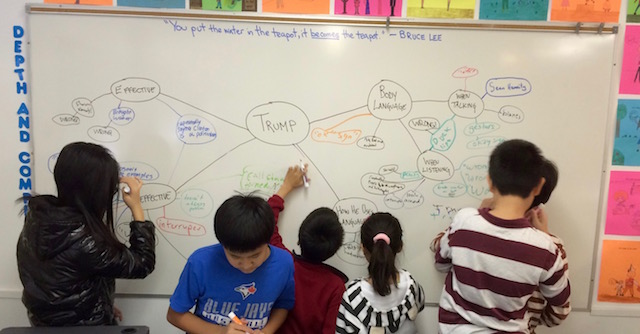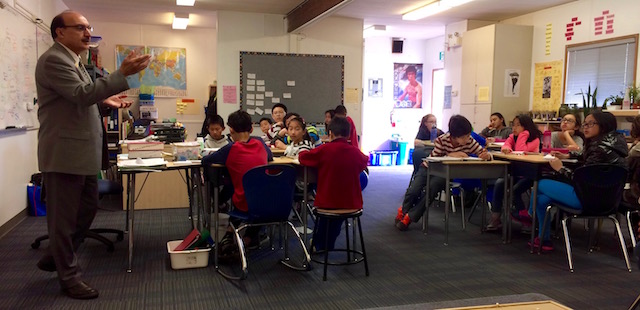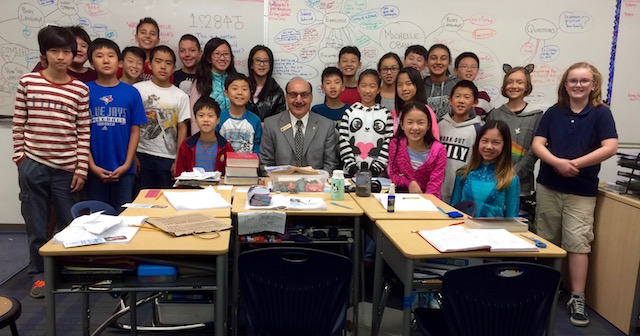Jayee suggests using this link, along with your library card, to find resources for your African-American History projects. Thanks, Jayee!
Monthly Archives: January 2017
This is What Having a Plan Looks Like
It’s also what perseverance looks like. And good sportspersonship. And unfettered joy.
The Circle Game
In preparation for Thursday’s Socratic Circle, please read the following two passages:
From The Fire Next Time, by James Baldwin, “Letter to My Nephew on the One Hundredth Anniversary of the Emancipation”: baldwin letter to my nephew
“Dear president-elect: Our pilot has shown up – cussing, snorting, handsy, full of spite and trifles,” by Yolanda Wisher
If you wish for an extension, you can also explore Garnette Cadogan’s essay, “Walking While Black.”
While you read, please do the following (preferably on your hard copies, if you have them):
- circle any unknown words or concepts (things that you would not be able to explain to someone else)
- make note of connections – between the texts, to your own life, and/or to other things we have studied this year
- chose a short passage from any of the readings that you would like to read out loud to the Circle, either because you like what the author is doing with language or what she or he is doing with punctuation
- make note of questions you could ask that would promote rich discussion
Also, think about why Baldwin chose this as the epigraph (opening quotation) to his book:
“God gave Noah the rainbow sign,
No more water, the fire next time!”
PS:
Those of you taking the Caribou Math Contest tomorrow should take a little time tonight to look at strategies for the game Chomp. Research winning and losing positions!
Because It’s Good to Have Options…
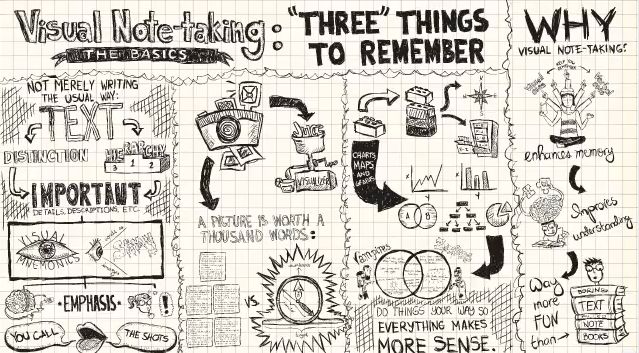
Please watch the below video about visual note-taking (AKA “sketchnoting”) and then continue reading this post:
If you like, you can also watch this video – it provides some really clear ideas to play with when sketchnoting (there are more instructions to come, so keep reading!):
Now, practice the technique in your comp book while watching this video (you may need to watch it twice) (also, remember that you are trying to capture information in a visual format, rather than draw):
Please bring your work in tomorrow. We will continue with this in class.
See you then!
African-American History
In case you misplaced it, the list of influential figures from African-American history can be found here: Socials Black History list of figures for research
Note the addition of two figures in the “Sciences” category.
Remember that this is not in any way a definitive list. If you have strong feelings about getting to know someone who is not on this list, make your case to me.
Also, please remember to spend time exploring some of the lesser known names on this list. All of these people have amazing stories to tell.
There’s a New Brain in Town
After a hard fought and long campaign, the results of the Mini-Brain election are official: the first Suncrest MACC Mini-Brain is Shawn!
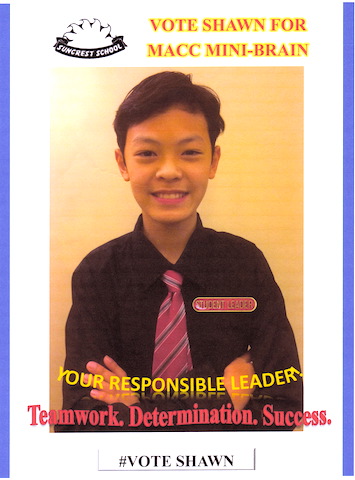
Initial voting resulted in a tie between Shawn and Amy:
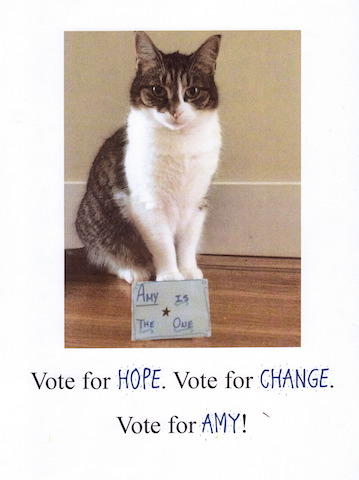
But an absentee ballot put Shawn over the edge into Mini-Brain-ness. Honouring his campaign promise to govern with the assistance of a Grade 6 MACC student, Shawn asked Amy to come on the ticket as his Nano-Brain and she accepted. Together, they will help form MACC policy for the month of January. In subsequent weeks, students displaying positive leadership skills will be elected to the Mini-Brain office for shorter, two-week terms.
Every student in our class gave their all to this project, and the quality of work was high. The campaign speeches were of an especially high standard: well-structured and evocative, uniformly displaying a meaningful use of evidence, and powerfully delivered – a huge step forward from earlier oral language presentations we had done in class. It was clear that people had practiced and practiced hard. With that in mind, it was particularly gratifying to watch how gracious everyone was in celebrating Shawn and Amy’s victory. We did, of course, have a powerful role model in this regard: whatever your feelings are about Hillary Clinton, she did teach us how to bow out with grace.
Our work on the Mini-Brain project had its roots in Term One’s Social Studies unit, in which we followed the U.S. election in order to learn about different systems of government.
We watched the presidential debates and made notes on the candidates speaking and listening styles, body language, and effective and ineffective ways of making points:
We also applied the same thinking to Michelle Obama’s reaction to the now-president-elect’s treatment of women:
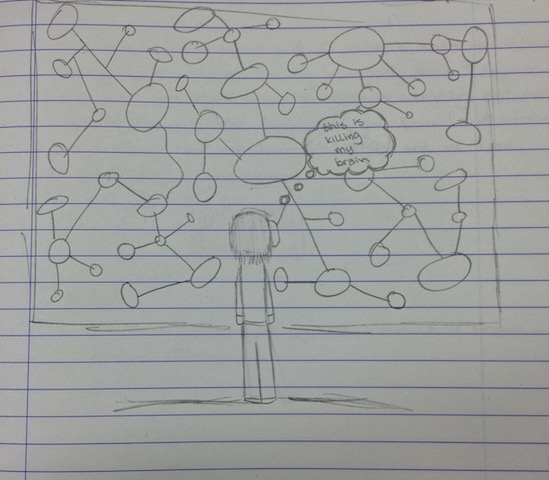
(ahem…)
After viewings, we would meet in Socratic Circle format, in which students pooled their understanding and opinions in order to gain a broader, multifaceted understanding of the issues in play.
Along the way, we realized that there were some big gaps in our conceptual understanding of various aspects of American politics and so engaged in quick bursts of research on key topics with randomly assigned partners and shared our findings with the class. The fruits of these labors are contained here: social-studies-glossary-of-election-terms
We also dipped into some old classics:
And some modern classics:
But our work was given its most powerful aid in the form of a visit from Suncrest’s MLA, Raj Chouhan, who shared the wisdom of his experience in office and gave us tips on how to run a successful campaign.
After Raj left, students noted, with some surprise, how human a politician could be (!).
With Representative Chouhan’s advice in mind, we then embarked on the Campaign for Mini-Brain.
As previously noted, the idea of the Mini-Brain was a direct steal from the trailblazing work of Mrs. Cowan, the founder of the MACC program at Capital Hill. I adapted her idea around this package from President Obama, sent to a group of children at one of my previous jobs at the historical Judson Memorial Church, one of the epicenters of the social justice and avant-garde arts movements in New York City. During the Mini-Brain campaign, students created their own versions of Obama’s documents, highlighting their leadership qualities.
At the top of this post, and in this one, you can see the campaign posters that students designed, based on the optic-ed out photo of the President in the Oval Office.
Students also answered the same questions as Obama in his interview. Here are Shawn and Amy’s responses: shawn-macc-minibrain-interview; amy-interview
(As with the below work, I am only posting Shawn and Amy’s examples because there are only so many hours in a day… Many other students did incredible work – parents, if you haven’t already, ask your daughter or son to show you their versions!)
As a riff on the biographies of the White House dogs, students were given a “Creative Choice” aspect of the project, to further capture our hearts and convince us of their leadership capabilities. This was one of my favourite parts of the project: there were interviews with pointe shoes, bookshelves, and computer mice; bios of beloved dogs (alive and departed), cats, guinea pigs, beta fish, and the family avocado tree; and even an argument as to how hours spent playing role-playing games on-line can increase one’s leadership potential. Again, here are Shawn and Amy’s as examples: shawn-creative-choice; amy-creative-choice
Finally, everyone wrote and delivered a campaign speech: shawn-mini-brain-campaign-persuasive-speech-final; amy-campaign-speech
In the end, as in life, it is sad that there can sometimes only be one winner. By the nature of this event, there are many more Hillary Clintons than Donald Trumps in our room (not sure if that is such a bad thing…). I truly believe that each and every MACC-ster can and will be a very successful leader, each in his or her unique way. We will have lots of opportunities this year to further hone and display these skills. Leaders of Tomorrow, this is just the beginning!
And Shawn and Amy, remember the immortal words of Stan Lee: with great power comes great responsibility. From my tired old brain to your mini- and nano-brains: thanks in advance for your help.
























